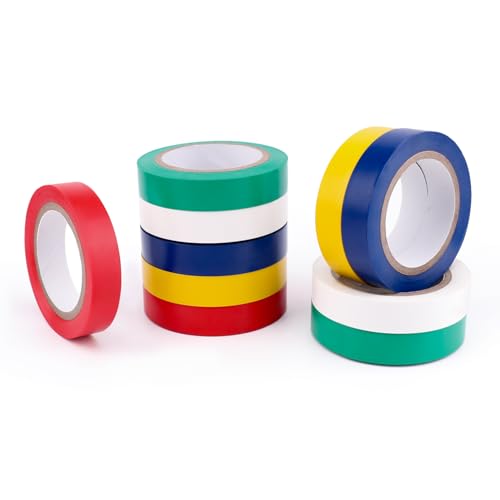Pwablo
Active member
- Joined
- Jan 16, 2024
- Messages
- 34
- Reaction score
- 41
Hi John
This I know all about, unfortunately this fundamental requirement is apparently ignored by everyone even the regulator when it comes to Solar. Ofcom don't feel it falls under their remit currently unless it causes harm to essential services like military, aviation, emergency services, critical infrastructure etc etc. licensed amateurs who they actually class as a service can be freely fobbed off along with most of the general population.
Then dig a bit deeper and we find that most manufacturers wrongly think that if they gain CE or UKCA approval (Which is mostly a paperwork exercise) that they are in the clear.
People need to appreciate that the CE or UKCA marking only means that the manufacturer has handed in paperwork stating they have tested the products EMC and said it passed. Nobody witnesses the testing and nobody checks the product. I would suggest that nobody seems to be checking if the correct standards have even been used either?
https://www.gov.uk/guidance/ukca-ma...nd-documentation#conformity-assessment-routes
If one looks into the standards used for Inverter EMC compliance, the UK seems to accept the generic standard of EN61000-6-3 is as all that is needed, and gloss over the fact that there is a product specific standard EN55011 which should take presidence over the generic standard (Even the generic standard states that it should not be used if a product specific standard exists !). This is of course in stark contrast to many EU countries who rightly require both standards to gain approval and CE marking. (See previously posted RDI report in this thread!)
Looking at what is tested in each standard, it becomes evident that the generic one is no longer fit for purpose for today's generation of Solar Inverters, especially the Hybrid ones, as EN61000-6-3 only tests the Radiated (enclosure) and AC emissions. The Product specific standard EN55011 tests Radiated, AC Port and Panel DC port emissions, and is used by most European countries along with the generic standard, to confer compliance for CE marking. But alas not here in good old blightly,
Now a huge amount of Hybrid Inverters are being installed with batteries, and there is no requirement to test emissions on the DC battery ports !! And this test is not in any standard either!! You could'nt make it up. My experience has just shown how much RFI can be conducted via this DC Battery port..... Then the poor old sparkies that are installing this stuff, have no clue about EMC, as was mentioned earlier in this thread.....or their obligation either under the law to ensure that the entire system is compliant to the Essential Requirements, even if individual components are CE / UKCA marked.
Yet the entire industry has little to no knowledge of any of this, or of any mitigation methods, or any means to test for emissions when an install is completed.
Its a huge cluster F*** !
Broken Britain
Away to watch the Rugby. Good Luck Lads ! May the worst team loose
Have a good weekend
Paul
Last edited:







































































